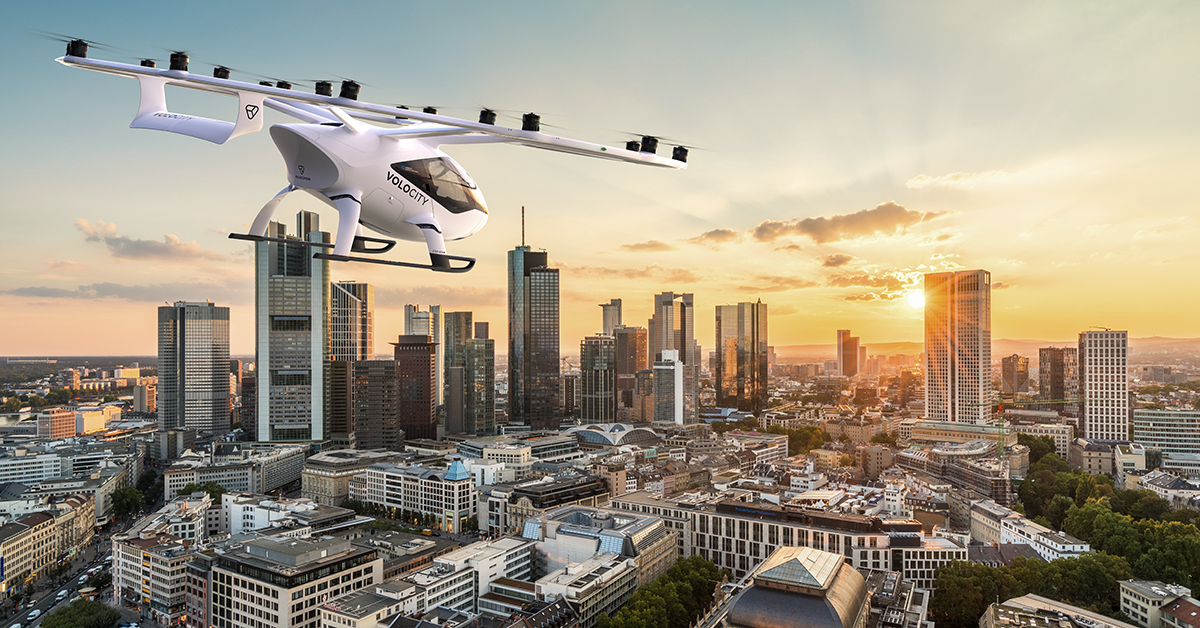Not Sci-Fi: Advanced Air Mobility Technology is Here Now

18 May 2021
Leaders in innovative technologies shared updates on advanced air mobility (AAM), electric vertical takeoff and landing (eVTOL) aircraft and electric and hybrid airplanes, while discussing the importance of technology advancements, sustainability, public acceptance and harmonized public policy to the future success of AAM.
Moderated by Dr. Anita Sengupta, CEO/founder of Hydroplane Ltd., the EBACE Connect session featured panelists: Neil Cloughley, CEO of Faradair Aerospace; Dan Dalton, vice president, global partnerships, Wisk; Florian Reuter, CEO of Volocopter and Dr. Tine Tomažič, CTO of Pipistrel.
Reuter called AAM a symbol of a much more profound transformation happening in the aviation space as people look for new ways to move about in the city of the future, describing how increased urbanization of the population and resulting gridlock will require innovation to ensure efficient mobility.
Meanwhile, Pipistrel has produced 300 electric airplanes a year, primarily for flight training, but doubled its manufacturing rate for 2021 compared to the previous year’s forecast. Tomažič believes the uptick in interest in electric airplanes shows a decline in the hesitation toward new types of propulsion.
Wisk sees self-flying aircraft as a safe way to mitigate risk associated with human error, especially in a task-saturated environment, Dalton said. However, he highlighted the need for policy and public acceptance to proceed at the same rate as technology, saying, “While the technology is advancing, [we] also need a lot of policy and community engagement in order to make sure these technologies can come to fruition.”
Cloughley called 2020 and the COVID-19 pandemic a “catalyst event,” saying “in 20-30 years’ time, we’ll look back at 2020 as the year everything changed.” He predicted a change in how aviation is perceived; although aviation accounts for only 2% of global emissions, the industry is answering the call for sustainability. Faradair hopes to contribute to the sustainability mission, while democratizing regional air travel, with an 18-seat, hybrid electric “flying van.”
The experts agreed sustainability will be a key factor in AAM’s success, not only through decreased reliance on fossil fuels, but through increased use of composites and other technology that create efficiencies.
Panelists called for harmonization and standardization among regulators to allow for a uniform standard and, eventually, global success of emerging technology, as well as an industry effort to obtain public acceptance for this quiet, safe and accessible form of air transportation.


